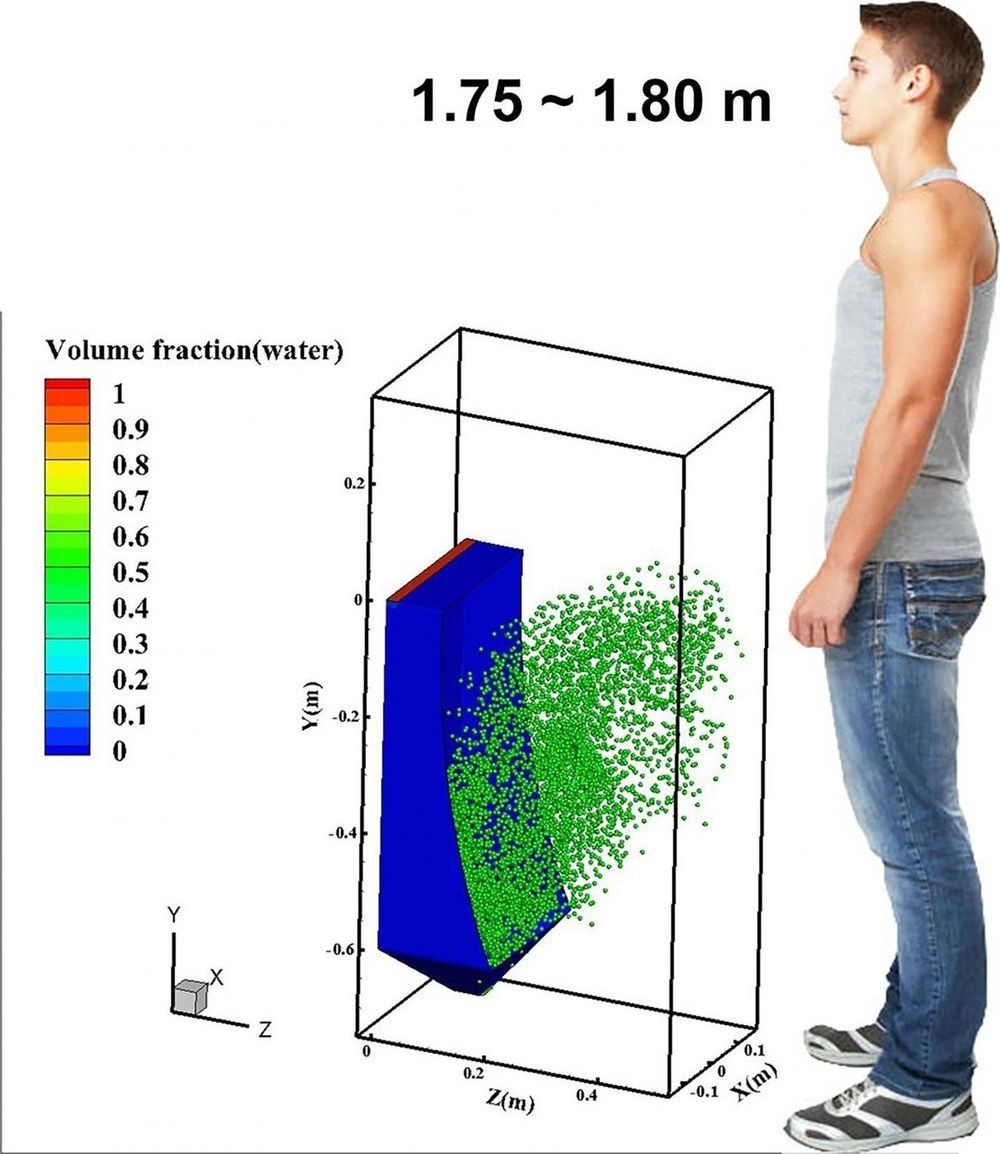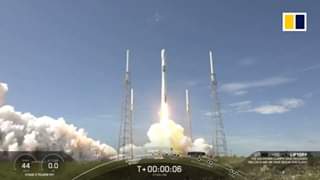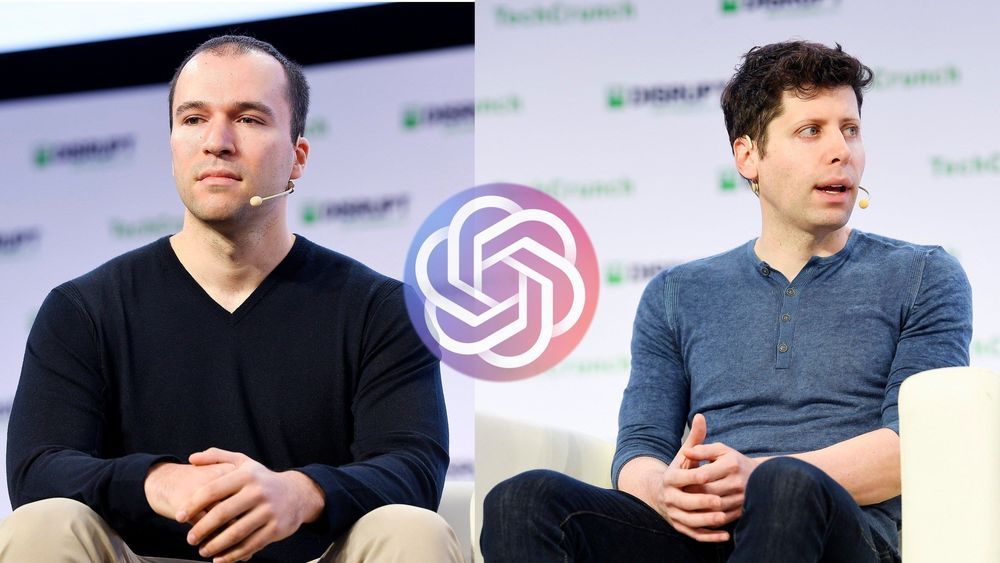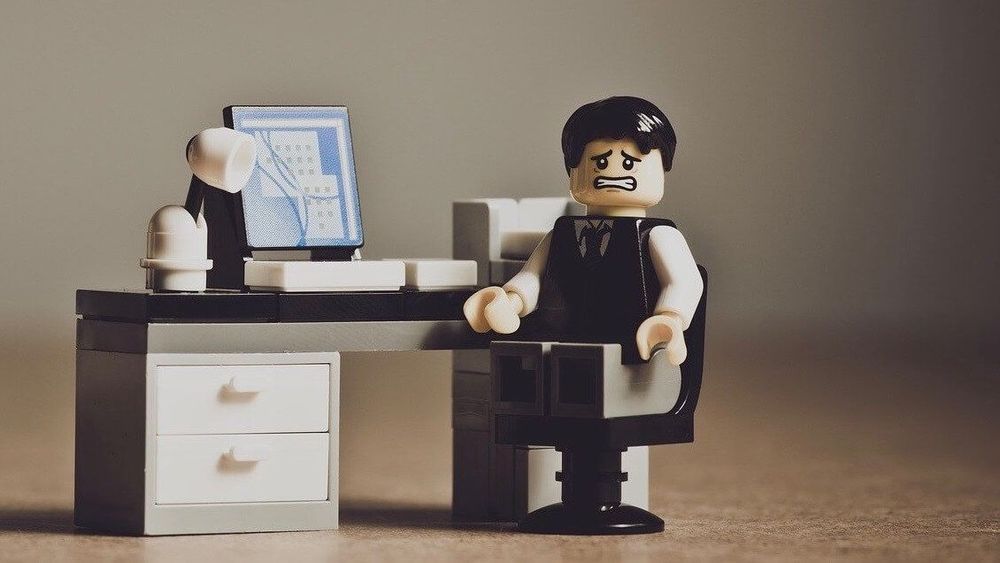Two Chinese air force J-20 stealth fighters have appeared at an air base in China’s far west as the mountain stand-off between India and Chine enters its fourth month.
The twin-engine J-20s are visible in commercial satellite imagery of Hotan air base, in the Uighur autonomous region of Xinjiang. Chinese social-media users first spotted the planes.
The J-20 deployment, however temporary, signals Beijing’s resolve as China wrestles with India for influence over a disputed region of the Himalayas. But a pair of warplanes, no matter how sophisticated, don’t represent much actual combat power.








